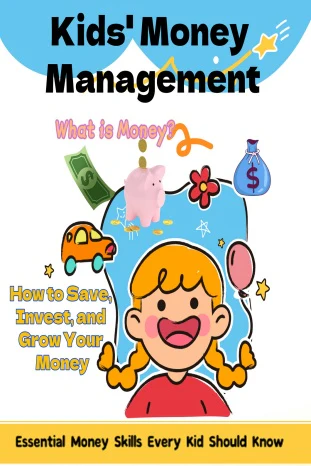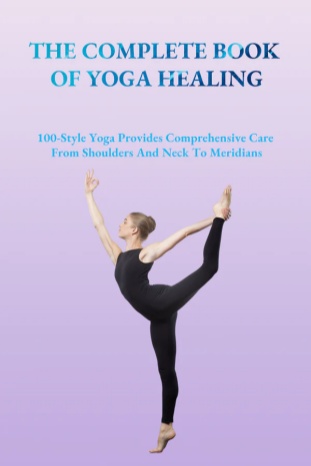Insomnia 101: How Your Brain Regulates Sleep—And How You Can Help It
“Let go of striving and rest in awareness. Like the moon’s reflection on water, sleep comes when the mind is still.”
— Inspired by the teachings of the Dhammapada
Have you ever laid in bed, exhausted but wide awake, begging your brain to just “turn off”?
You’re not alone. Millions suffer from chronic insomnia—and for many, it becomes a nightly battle that leads to more anxiety and less rest.
But what if the key to better sleep wasn’t trying harder—but trying differently?
This article is your crash course in CBT-I (Cognitive Behavioral Therapy for Insomnia)—the gold standard in treating insomnia, recommended by the American College of Physicians and the American Academy of Sleep Medicine. No pills. No complicated rituals. Just science-backed strategies to help your brain remember how to sleep.

1. How Your Brain Decides Whether You Sleep or Not
At any moment, two forces in your brain are at play—like the two ends of a seesaw:
- Sleep Drive: pushes you toward sleep
- Arousal Level: keeps you awake
When your sleep drive is strong and arousal is low, sleep comes easily.
For people with insomnia, it’s usually arousal that “wins” the tug-of-war.
CBT-I helps by increasing your sleep drive and reducing your arousal—naturally.
2. What Is “Sleep Drive”?
Think of sleep drive like a balloon that inflates throughout the day as you stay awake and active. Most adults need 16–18 hours of wakefulness to build enough pressure in that balloon for deep, uninterrupted sleep.
But here’s the catch:
- Lying in bed doesn’t fill the balloon.
- Napping lets the air out.
So if you take naps or lie in bed awake, you’re “borrowing” from your sleep drive—and sabotaging your ability to sleep later.
3. What Is “Arousal Level”?
Your arousal level reflects how alert, stimulated, or anxious you are. It’s influenced by:
- Caffeine
- Stress or excitement
- Physical or mental overstimulation
And then there’s something called “conditioned arousal.”
It means your brain has learned to associate your bed not with sleep—but with frustration and wakefulness.
“Trying to force sleep is like sinking deeper into quicksand. The more you struggle, the worse it gets.”
4. How to Strengthen Your Sleep Drive (The Most Effective CBT-I Principle)
Want to boost sleep drive? Stick to these golden rules:
1. Wake up at the same time every day
Even if you’ve had a rough night—get up as planned. No snoozing.
2. Only go to bed when you’re truly sleepy—not just tired
Sleepy means you’re fighting to keep your eyes open.
Tired might just mean mentally or physically fatigued.
3. Avoid daytime naps
If absolutely necessary, limit to 15–20 minutes early in the day. But don’t make it a habit.
5. How to Reverse “Conditioned Arousal”
Your goal: retrain your brain to associate your bed with one thing—sleep.
1. Can’t sleep? Get out of bed.
If you’re awake for more than 20 minutes, get up and do something relaxing—read, stretch, meditate. Return only when sleepy.
2. Use your bed only for sleep and sex
No phones, no food, no stress. Your bed is not a war zone—it’s your sanctuary.
“Sleep can’t be forced. Invite it gently, like a friend, not hunted like a fugitive.”
6. Personalizing Your “Sleep Window”
In clinical settings, we create a custom sleep window for each patient. That includes:
- Fixed bedtime and wake-up time
- Two-week sleep diary tracking:
- Total time in bed
- Total sleep time
- Night awakenings
These data help us fine-tune your routine and retrain your brain for better sleep efficiency.
7. Do I Have to Follow These Rules Forever?
No!
These are short-term strategies—like a bootcamp for your sleep system. Most people regain natural sleep within 4–6 sessions of CBT-I.
Once your system resets, you can return to a more flexible, intuitive rhythm.
8. One Sentence Summary
“If you can’t sleep, stop trying. Your body knows how. Just get out of the way.”
Sleep is not a prize to be chased—it’s a friend you welcome back with kindness and trust.
? Recommended Reading
Make Your Mind an Ocean by Thubten Chodron – a profound yet accessible guide on calming the mind, essential for anyone struggling with restlessness or insomnia.
Explore More Mindfulness and Wellness Reads:
ANXIOUS ATTACHMENT RECOVERY—Heal Your Inner Child to Conquer Insecurity and Fear of Abandonment, and Create Strong, Loving Relationships
Healthy Running Bible—The Ultimate Guide to Healing Injuries, Running Pain-Free, and Unlocking Your Full Potential
The Anti-Inflammatory Kitchen—26 Anti-Inflammatory Recipes, Healing Meals to Reduce Inflammation and Boost Vitality: A Cookbook
Click here to explore more books
Keep exploring more inspiring content to enrich your mind and spark new insights:
- Top Meditation Techniques for Better Sleep
- Unlocking Restful Sleep: Techniques for a Peaceful Night
- The Connection Between Sleep Quality and Stress Management
- Deep Breathing Meditation for Relaxation and Better Sleep
- Sleep Meditation: How to Do It
- The Benefits of Practicing Meditation in the Morning for Better Sleep at Night
- 90% of Your Worries Never Come True: A Mindful Approach to Anxiety
- The Secrets a Therapist Won’t Tell Someone with Depression…
- 50 Subtle Signs That Reveal a Person’s True Nature
- The Secret to Living 100 Years
- The Secret to Making Your Brain 10 Years Younger
- The Kind of Relationship That Makes Someone Addicted to You Is Never About Sincerity
- The Gentle Power of Slowing Down: A Parenting Reflection
- Therapist’s Perspective: The Healing Code of Nonviolent Communication
- True Intimacy Is Not Fusion but Reflection: On Boundaries and the Art of Connection







